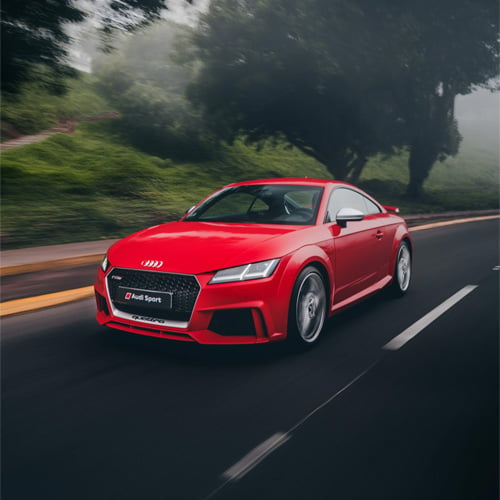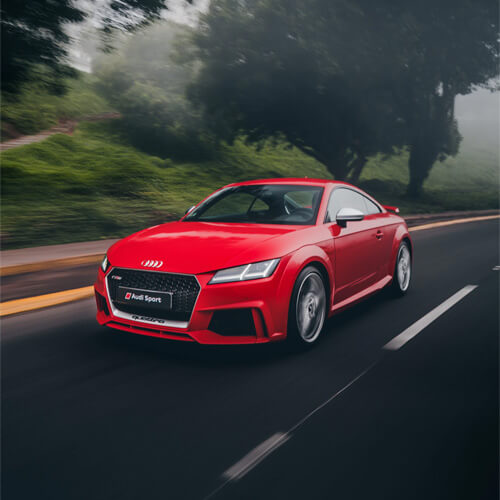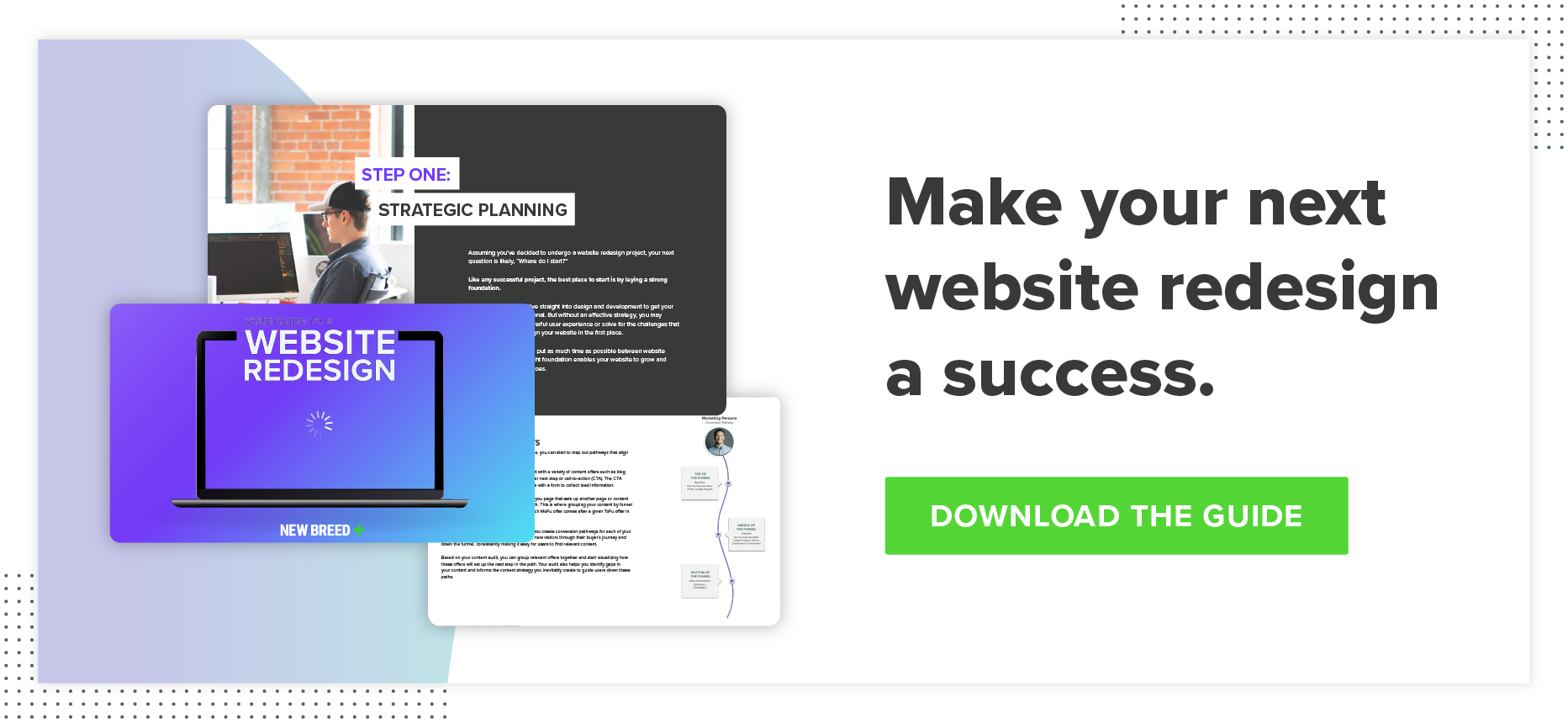Every time you navigate to a new webpage, whether you’re typing facebook.com manually into the address bar or clicking on a reference article you’ve bookmarked in your browser, you’re experiencing page load speed in action.
Sometimes it happens in the blink of an eye, and other times the process drags along to the point you start clicking “refresh” in hopes of making the page appear faster. So, as a marketer, how do you guarantee your website doesn’t fall into that “impatiently refresh, then bounce” category?
I wish there was a simpler answer, but page performance is actually a fairly complex beast. Most people understand that the larger the page size, the longer it will take to load, but there's a lot more to it.
What is Page Load Speed?
Page load speed is the time on average a page takes to completely load from when the URL is entered into a browser to when the webpage fully appears.
Page load speed matters because it contributes to user experience. Everyone expects the internet to be more or less instant. If your content takes too long to load, you increase the risk of site visitors leaving your site in favor of another one that loads quicker.
We see a direct correlation between bounce rate and page load speed. The rule of thumb is your page should load in three seconds; two seconds is ideal, but if your webpage requires more than three seconds to load, you need a good reason for it.
For example, there are some experiential sites whose whole point is to create a rich experience that might take longer, in which case they’ll have a load indicator to keep visitors informed of the page’s progress.
However, a normal marketing site shouldn’t take that long, and keeping your mobile site within that 2–3 second timeframe is even more imperative due to lower bandwidth and less audience patience.
Additionally, Google factors page load speed into rankings, so it should be considered in your SEO strategy.
While page load speed isn’t the first priority in a website planning stage — ensuring the interface accommodates the content it contains and addresses all the needs of your buyer personas comes first — after you’ve created an interface that presents all the content you need in a way your buyer personas will want to consume it, then you can look at how to optimize your page speed.
4 Things to Consider for Page Speed Optimization
1. Page Size
Page size is the total download size in MB of a page and probably the number one factor New Breed considers when examining poor page performance. Usually, imagery and videos are the main contributors to large pages.
To solve for that, I suggest running every single image you put on a site through the TinyPNG tool. In my experience and testing, it's the best image compression algorithm out there as exemplified by the images below.

(500x500 Photoshop Save As a JPG at quality "10" = 92KB)

(500x500 TinyPNG JPG = 35KB)
As you can see, there is no noticeable drop in visual quality, but the file is 61% smaller!
For video, we suggest using Adobe Media Encoder or Handbrake, but both require some expertise to balance compression and quality.
2. Hosting (Server Response Time / CDN / Throughput)
The impact hosting has on page load speed is independent of the code or assets on a webpage and is determined by the actual hosting infrastructure of a given website. Just like how an old computer might take three minutes to power up when a new model only takes one minute, the same code might have different load speeds depending on how and where it’s hosted.
Server response time is the delay between the request (hitting “enter” after typing the URL into the location bar) and when the server transmits the first byte of data. If you’re navigating to a website, and the browser is completely blank — that is, nothing at all has loaded — that’s an indication of poor server response time.
Once the page starts to appear, CDN and Throughput come into play.
The Content Delivery Network (CDN) is how your website’s resources (images, scripts, etc.) are sent from the web server they’re hosted on through routing points across the globe to reach the end user.
If you’re geographically close to the web server (for example, if you live in Vermont and the web server is in Vermont), then the site will be transmitted to your computer in few hops or routing points. But if the web server is in Vermont and you live in South Africa, the content will have to hop across more routing points before it can reach you.
The third element of this is Throughput, which makes sure the bandwidth stays wide once the connection is established so the data is being received at a steady rate. If this doesn’t happen, a page might start to load quickly, then lag as it finishes up.
3. HTTP Requests
Hypertext transfer protocol (HTTP) requests consist of the number of individual assets a website needs to load. A page isn’t a single file. Every single image, script, stylesheet, etc. is its own file and therefore a separate request to a web server. You can have upwards of 100 load requests between all those elements.
A long page with lots of modules is usually going to need more requests than a short and simple page. However, our rule of thumb is to try not to exceed 100 connections and shoot for around 70 if at all possible.
The primary tactics for reducing these numbers are combining JavaScript and CSS whenever possible, examining how many modules types and images are needed on a single page and considering exactly what third-party marketing scripts are needed (ad tracking, analytics, chat, heat mapping, etc).
4. Load Sequence
Load sequence is the order in which HTTP requests are made. This sequence is determined by the order of your code in your document object model (DOM), which in the case of a website is HTML markup.
You need to start with your CSS, because otherwise the content will appear in black and white, unformatted, and then change as your design loads. Starting with CSS does slow the loading process down, but not loading it first will have a detrimental effect on user experience.
After CSS, you should load the rest of the HTML and content and end with the JavaScript.
To optimize your load speed, you can also defer the loading of certain elements like images, so they won’t fully load until the user needs them. You might notice this happening when you read a lengthy article and the images appear blurry when you first scroll down to them, but they come into focus once they’re clearly in your sight line.
Additionally, put your JavaScript in your footer. JavaScript usually affects the other elements on the page, so that other content needs to be present first anyway. Furthermore, if your JavaScript is higher on your page, it will create “render blocking” issues, meaning it will require the browser to load it completely before it can move on to the rest of the document.
If for whatever reason you do need to load your JavaScript earlier in the page, load it asynchronously, so the rest of the document will continue to load while the JavaScript finishes up.
To give you a sense of how your site is doing (and also how your competitors are doing) we suggest the following tools:
The Takeaway
Aside from thinking about your content, design and conversion strategy, it's also important to consider how fast the page loads.
According to Kissmetrics, roughly 47% of website users expect that a site should load in two seconds or less, and a staggering 40% of users will bounce if it takes more than three seconds. This is slightly contradictory to the fact that Pingdom found the average load time for the millions of tests performed on their platform was in 2018 was 3.21 seconds.
Regardless, you should shoot for a page load time of two seconds or less because page load speed has an effect on the user experience (especially on mobile where bandwidth is typically lower) and impacts your SEO ranking.
Christopher Mathieu
Christopher Mathieu is the Chief Services Officer at New Breed, an Elite HubSpot Partner based in Burlington, VT, which helps customers implement the right technology and strategies to unlock meaningful growth. With a background in design, technology, and demand generation, his over two decades of experience allow...

